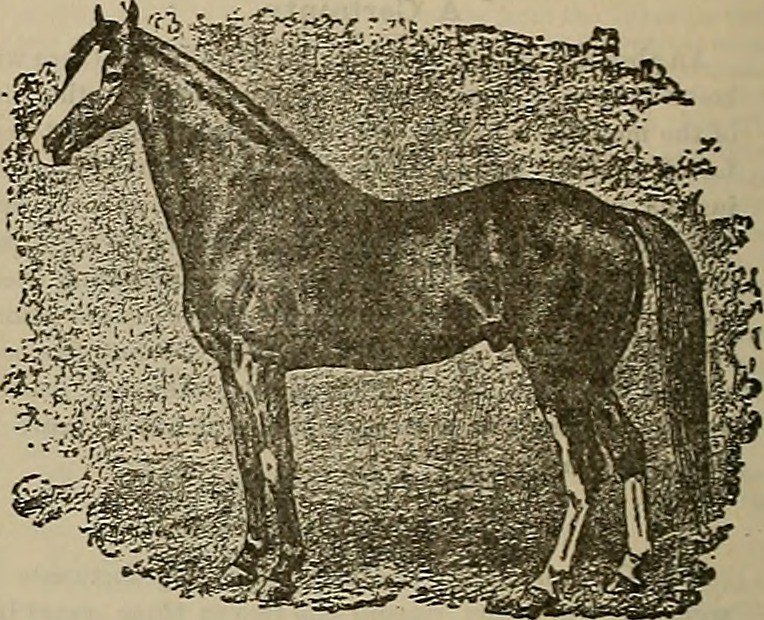The Strong Effect of Johne's Disease on Farm Animals.
Johne's disease is a chronic, contagious, and possibly fatal infection that can affect the small intestine of ruminants. The disease is caused by Mycobacterium avium and subspecies of paratuberculosis, this bacterium is related to the causative agent of leprosy and tuberculosis.
This disease comes with several economic impacts on infected herds, based on the study conducted in the 2007 Diary NAHMS study, it was found that dairy herds in the United States have at least one cow that tests positive for Johne's disease.

source
In cattle, Johne's disease comes with diarrhea and weight loss with a normal type of appetite. Several weeks after diarrhea begins, a soft swelling could appear under the jaw referred to as bottle jaw, and it happens due to the loss of protein from the bloodstream into the digestive tract, when an animal gets to this stage, there is a strong possibility that h may not survive for a long time from there, at most, he may just survive for a few weeks.
The signs of infection in cattle are usually not evident until it gets to about two or more years after the infection starts, and this is usually shortly after birth. When an animal gets exposed at an older age or gets exposed to the bacteria at a young age, will possibly not develop any form of clinical until they get much older, possibly after two years.
The clinical signs of the disease are often more difficult to spot in goats and sheep, the intestines become very thick and less efficient at absorbing nutrients. When a sheep is affected, he keeps eating but continues to lose weight and waste away.
Even if we have a more common symptom display of the disease-causing diarrhea in cattle, only about 20% of the sheep show a sign of diarrhea. In 70 percent of other cases, the disease will most likely remain at subclinical levels where an animal may never show a sign of the disease but will continue to shed the agent through their feces infecting other sheep and contaminating the environment. In goats on the other hand, poor performance, weight loss, and time to time clumpy feces are all that are seen, an affected animal will often show signs before they becomes a year old.

source
There are four stages to Johne's disease, the stages are; stage 1, silent, subclinical, and nondetectable infection.
The first stage occurs in calves, young stock, and heifers. Current available tests including the fecal culture and serological tests cannot detect infections in animals at that young age, but there is ongoing research to detect the disease in such animals. This stage will continue to progress very slowly for months sometimes even years before it gets to the second stage, some animals even recover from this at the early stage.
Stage II is the subclinical shedders stage, common amongst heifers or older animals, this is the stage where the animals appear healthy but continue to shed M.avium subsp. paratuberculosis in their manure, at a level high enough to be detected. At this stage, blood tests are not reliable enough to detect Johne's disease, but it may not progress to stage III.
Stage III is the clinical Johne's disease, at this point, the animal has gotten an advanced form of infection, and clinical signs are usually shown through stress. At this stage, clinical signs like intermittent diarrhea, decreased production of milk, and weight loss regardless of constant feeding are present.
Some of the animals affected will appear to be recovering, but relapse again within the next stressful period, with clinical signs that may last for days to weeks before the animal gets to progress to stage IV.
Stage IV is the emaciated animal phase with fluid diarrhea, it is the terminal stage of the disease where the animal becomes thin and develops a bottle jaw.
If Johne's disease is left without diagnosis/treatment, it will impact your diary business significantly;
Infected cattle are usually more susceptible to other diseases like mastitis because their fertility becomes poor and there is more difficulty maintaining body condition. Treating this is expensive and you may just have to consider replacing culled stock.
The capital value of your breeding stock could be reduced when there is demand for stock.
An impairment of milk production is present, the loss of milk production due to Johne's disease. When it gets to the point that signs of diarrhea and wasting becomes clear, milk product will be greatly affected.
Either Johne's disease has been detected in your herd or not, some measures need to be incorporated into the farm to help keep your herds safe.
- Ensure the use of clean water.
- Make sure your cows and calvess are in a clean well-bedded area, with the environment free from contamination.
- Do not graze young stock on the pasture where adults have grazed or where slurry has been applid in past three months.
Thanks for your contribution to the STEMsocial community. Feel free to join us on discord to get to know the rest of us!
Please consider delegating to the @stemsocial account (85% of the curation rewards are returned).
Thanks for including @stemsocial as a beneficiary, which gives you stronger support.